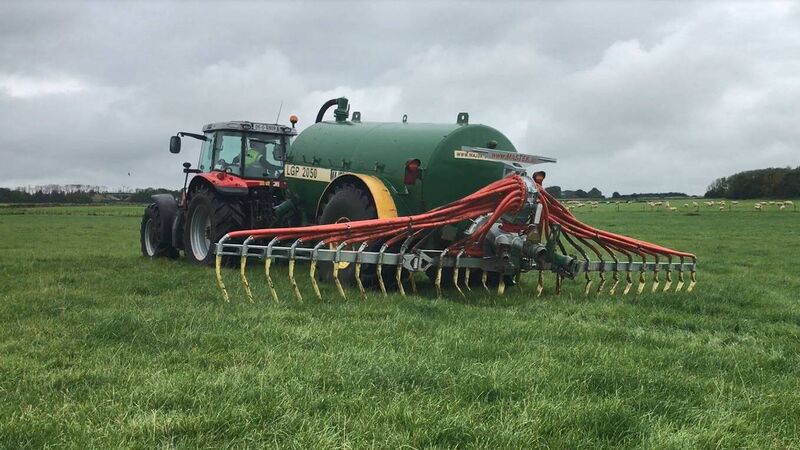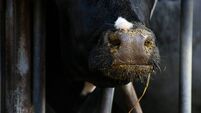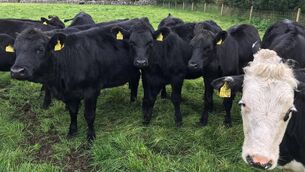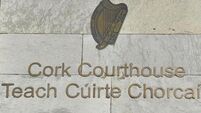Teagasc sets out slurry spreading advice ahead of first silage cut

The value of slurry has essentially doubled in the last year and now stands at around €40 per 1,000 gallons.
Farmers are advised by Teagasc to use about 2,500 gallons per acre of slurry on silage fields.
For first cut silage, the guidance is to have at least 25 kg of nitrogen per hectare (20 units per acre) supplied from slurry, and the remaining 60-75 kg per ha (48–60 units/ac) supplied from chemical N, for a total N application of no more than 100 kg N/ha (including 12-15 units of sulphur) for a crop growing from early April to late May (60 days).
If no slurry is available, apply 100 Kg N/ha using chemical fertiliser.
The National Fodder and Food Security Committee has made adequate fertiliser for grazing and first cut silage a priority action by farmers. Fertiliser stocks nationally are estimated to be reduced compared to last year, but with adequate supplies to meet farmers’ spring requirements.
Teagasc research indicates a 3.7 tonne (dry matter) first cut silage yield without spreading nitrogen fertiliser. There is a high extra growth response to spreading nitrogen, but approaching 140 kg of N/ha, the amount of extra silage grown by the final 20 kg of N is substantially less than for the first 20 kg N applied.
At the higher N application rates, or on poorer silage ground (low soil fertility, less productive grasses), the economic response to the extra fertiliser N may not be justified, especially this year.
The value of slurry has essentially doubled in the last year and now stands at around €40 per 1,000 gallons.
Most of this value of slurry is from its P and K, which is why slurry should be targeted to silage ground, the area with the highest demand for P and K. On other areas, target paddocks with low P and K indexes first, and the lowest spring grass covers next.
Moving from splash-plate summer spreading to spring dribble bar or trailing shoe spreading will give an extra six units of N per 1,000 gallons, if trafficability, soil temperature, and weather conditions are right for spreading. This LESS equipment can be used to apply slurry to grass covers up to 1,000 kg.
Grassland farmers are advised to prepare a feed budget for next winter including a fodder reserve to cover at least one extra month of feeding and to close a sufficient area for first cut silage based on their fodder budget.
Dairy research indicates that farms, where the first cut is not taken by the June bank holiday (June 6 in 2022), are much more likely to run short of silage in a difficult year because a delayed heavy first cut reduces annual yield and quality.
However, drystock farmers are advised to close up enough ground and try to secure most of their winter feed in first cut silage (the cheapest option).
Grass silage, harvested at the correct stage, is a highly competitively priced feed. Roll silage ground as required, if soil conditions are suitable, Spread lime where low soil pH needs to be addressed, on bare ground after the first cut is a good opportunity.
Extra silage could come from heavy grazing swards, 10cm is the grazing height for high-quality grass for improved animal performance.











